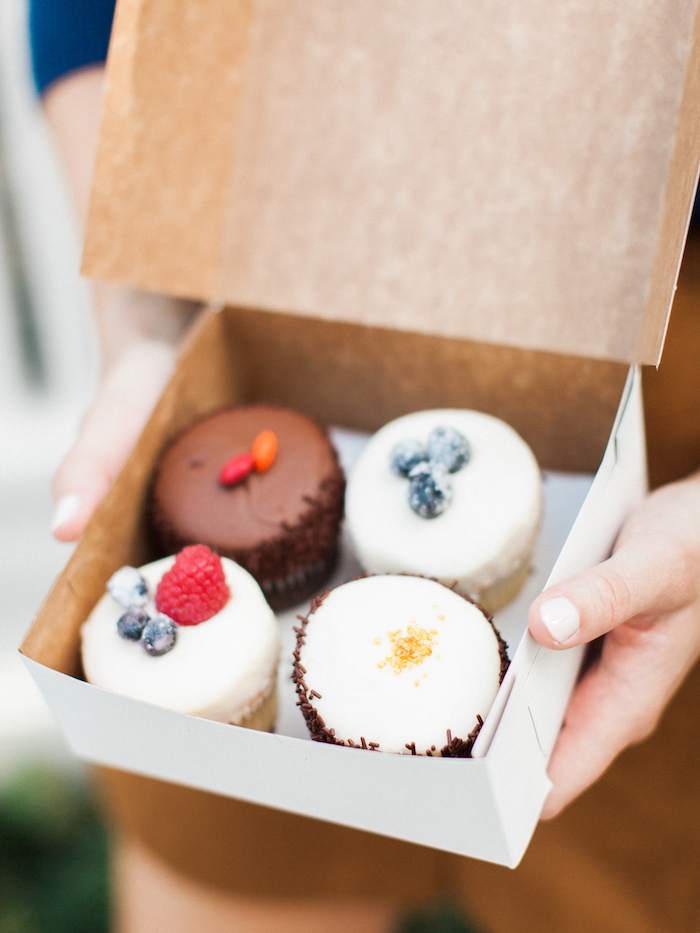My picky eating has no bounds. I hate warm fruit, soft vegetables, mushy things, and basically all soup. But I’m nearing 25, and at some point, a girl has got to learn to eat vegetables like a regular human being. I wanted to see what really happens when you eat more vegetables, so I embarked on a journey to experience the benefits of vegetables for a full month and see what happened to my body, mind, taste buds, and more.
turns out, you don't have to spend all of your free time cleaning
How I Did It:
I started produce delivery
It was merely happenstance that, as I wanted to try this experiment, my coworker suggested Imperfect Foods for food but also for fantastic moving boxes (which they totally were). I set up a produce delivery every single week, and not only is it pretty inexpensive, but it also encourages me to try new things and always have produce on hand. I have to walk to and from the grocery store, so a giant haul is never a possibility for me—which often encourages me to grab a lightweight bag of chips versus a much heavier head of broccoli. This eliminates that entire conundrum and has completely impacted how much produce I eat.
I ate a lot of side salads
If I couldn’t find a way to add a vegetable to my meal, I opted for a side salad. I kept bagged salad and my favorite lettuce (romaine), cucumbers, dressing, and toppings on hand, so even in a pinch, it was an easy way to add a little bit more veggies to my diet.
I added vegetables to every meal
I found a way to add a veggie to just about every meal. Spinach to my scrambled eggs, lettuce in my sandwich, broccoli or cauliflower to my pasta—no matter what I was eating, I found a way to add a vegetable.
I upgraded my snacks
Just as I put a lot of effort into veggie-filled meals, I did the same with snacks. I’m known for a salty, processed snack: Doritos, chips and salsa, pita and hummus—basically anything you find in the chip aisle at Trader Joe’s. But if I wanted to use up all my produce, I had to have some snacks too. I switched to radishes and cucumbers with hummus (with pita on the side, obviously), added chopped bell peppers to my avocado toast, and ate my afternoon fruit with a small salad.

What Happened
I didn’t have magical results by any means. I didn’t lose three inches of my waist, I didn’t gain three inches of hair, and I certainly didn’t teach myself to crave vegetables by any means, but there are a few ways I’ve noticed a real difference through this experiment.
I wasted less food
I’m a classic “buy a ton of produce and never eat any of it before it goes bad” kinda girl. I have zero motivation to eat the produce I buy, resulting in so much wasted food on my end. Focusing on eating what I had and adding in all of that extra produce wherever I could fit it in was the ultimate motivation. I almost always use everything up now and feel bad when I let something go to waste. Now that I’ve seen how wonderful it feels to finish up a bag of spinach versus letting it die in my fridge, I always want to use up my food.

I tried new recipes
Because I was always looking through ways to add vegetables into every meal, I had to let go of some of my standbys in search of meals that had veggies built right into the recipe. This forced me to try so many recipes, ingredients, and more that I likely would have never even looked at, let alone made.
I got fuller faster
I have a big stomach and even bigger eyes. I’m a volume eater, meaning I really like to have a plate full of food in front of me to feel satisfied. But my stomach doesn’t always agree with that. Adding in more veggies—whether it was cauliflower to a lemon pasta recipe or julienne cucumbers to my weekly ramen night—made me feel like I was eating such a bigger meal, and I made myself fill up on all those vegetables when I could. I didn’t cut my pasta portions in half by any means, but I stopped getting that bloating feeling I’d normally get after downing a big meal.



 "
"
